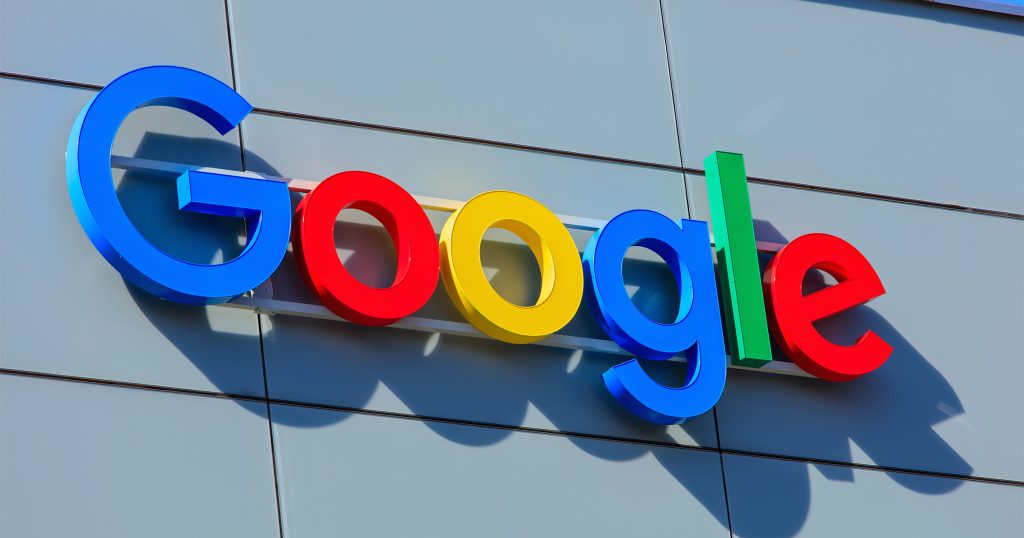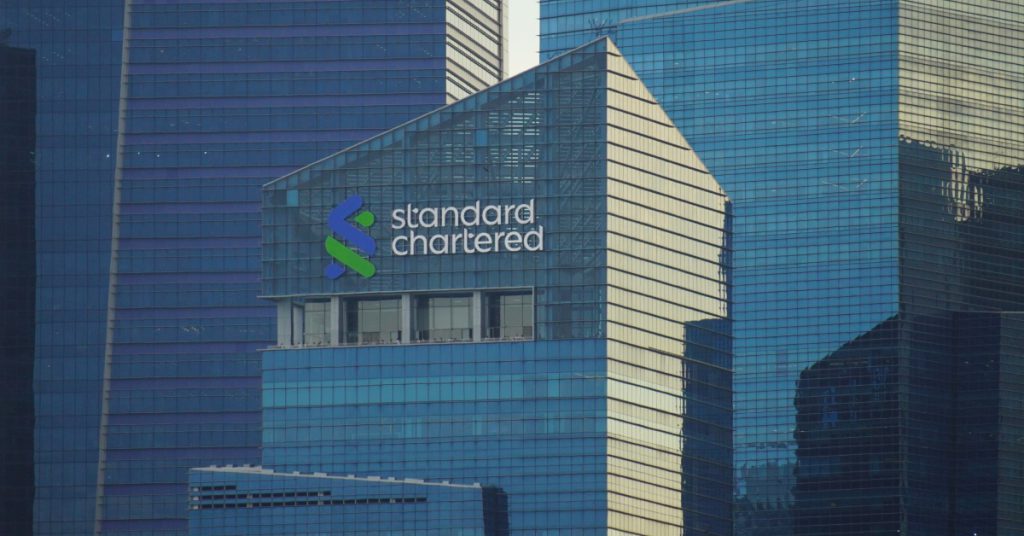Earlier this week, Chinese tech giant Tencent has just offered a 10TB worth of free storage to its users, in an attempt to attract more users to adopt its platform.
The announcement came shortly after two other Chinese tech giants Baidu and Qihoo 360 offers 1 TB of free space to its users too, putting the free space given by Dropbox, Box and Microsoft to shame.
As comparison, Dropbox starts you out at 2GB of free space, but you to earn over 20GB more by referring your friends, using your camera upload feature, connecting your social media to your Dropbox account, as well as participating in some beta tests or contest Dropbox runs once in a while. Dropbox had over 100 million users globally in November 2012.
Box currently only offers 5GB of space for free, but they’ve offered some huge amounts of free storage in the past. Box has given away 50GB free to iOS and Android users who downloaded the Box iOS or Android app.
Microsoft’s SkyDrive on the other hand, doesn’t offer a referral program or another way to earn free space, but it does come with 7GB of space by default. If you used SkyDrive before its relaunch on April 22, 2012, you can upgrade your SkyDrive account from 7GB to 25GB.
As Chinese tech giants now competes on a global level, it is hardly surprising that they upped the storage game by offering up to 10TB worth of free storage to its users (for Tencent). There is a caveat though — you won’t get the whole 10TB worth of space at one go. Instead, Tencent will top up your storage space as you deplete it.
As fancy as it may seem, how many of us actually need that much storage? Yes 10TB seemed like all the storage you can get, but if the storage space comes at the expense of a good user experience, users might still stick to other tech incumbents such as Dropbox and Box.
Why doesn’t Dropbox or Box offer 1TB worth of storage to its users?
Adrien Lucas Ecoffet, a French Computer Science student and a former intern at Quora, gave an interesting perspective to why Dropbox don’t offer a 300GB or 400GB storage plan.
Basically the point is this: Dropbox pays for the space you use, not for the space they say you have. This means that Dropbox has an incentive to make you underuse your Dropbox, while at the same time, of course, keeping you satisfied as a customer.
How is that related to the fact that they don’t offer a 300GB or 400GB plan? Well, because Dropbox wants you to underuse your space, their offers have to increase exponentially, and in fact that exponential function has to be as steep as acceptable to you, the customer.
Consider the fact that they have a 100GB offer and a 200GB offer. Assuming that each customer has a uniformly distributed need for storage space, it is easy to see that the average amount of space a 200GB customer uses is… 150GB! What this means is that you are paying for 200GB, when Dropbox is actually paying for 150GB: profit! A
pricing model makes it so that people will use about 75% of what they pay for at any level. If Dropbox allowed you to specify exactly the amount of space that you need, they would need to set their prices higher which would hurt them quite a bit in this very competitive market.
In fact, because the distribution is probably more skewed towards the lower end, it is likely that this average is even lower.
Adrien provide another interesting insights into the cloud storage industry as well. Dropbox doesn’t own datacenters for its data, since everything is actually stored on Amazon S3. Because of this, Dropbox only pays for the data that is actually stored on the service, and not the space that is theoretically available.
Dropbox effectively uses the principles of partial reserve banking: Dropbox can’t pay Amazon for all the storage it says it makes available, and Amazon may or may not be able to handle all that data, but nobody uses all of their Dropbox space, and the people who use little data are actually paying for the people who use a lot of data (and for the free users).
Looking at the statistics it seems that it 2011, the average space used by Dropbox users was 40 MB.
Linking back to the Chinese tech giants offering terabytes (1 TB = 1000GB) of storage to its users, while it may seem like a huge draw to users, these are all marketing gimmicks aiming to draw in more users. And we don’t need that much storage.
Chinese tech giants dishes up to 10TB free cloud storage, but we don’t need them – Click To Tweet












